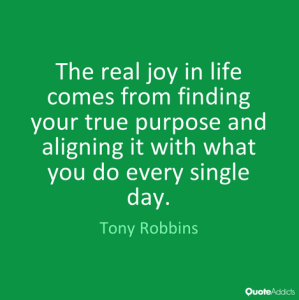
I recently wrote a post “Delving into a complex world- helping to keep pace”.……to help us to keep pace, learn apply and adapt.
Finding time to read and extend our thinking is a real struggle and going that extra mile to read thought-leadership views can be a step to far, I know but I can’t help myself, it is part of my job and certainly for me, many are really worth it.
In that post I was recommending Deloitte and their thought leadership as a good place to visit.
Now I’m not sure how many of you actually did, so I thought in this post to pick out specifically two great articles and make a post summary of these, as I feel both of these might be useful, as they challenge and break new ground in thinking. Continue reading “Deeper read or quick summary- finding the time”


 Don’t let anyone tell you it is easy to run your own business, it is far from that. I thought I’d write about what and where it has meaning for me in this “finding our true purpose”.
Don’t let anyone tell you it is easy to run your own business, it is far from that. I thought I’d write about what and where it has meaning for me in this “finding our true purpose”.